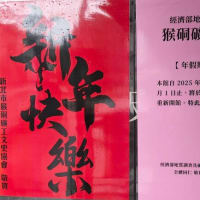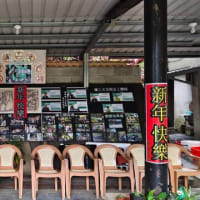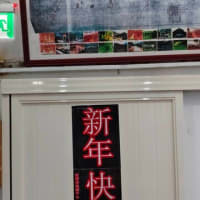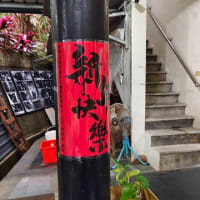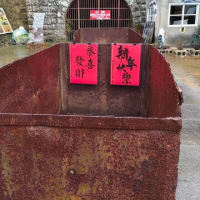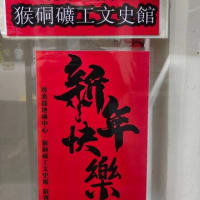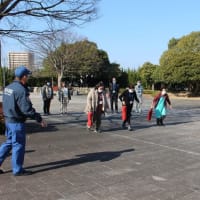Hi, there!
A pair of huge chimneys as modernization-related assets soar into the air in the same way as the shaft head frame which we introduced you the other day, in the Tagawa City Coal Mining Memorial Park where our museum stands. 
These two chimneys were completed in 1908 as parts of the Mitsui Tagawa Mining Station which was under construction at that time.
The chimneys 45.45 meters tall and 3.1 meters and 5.8 meters in diameter at the top and bottom are among the largest ones as existing chimneys in the Meiji era (1868-1912).
As many as 213,000 firebricks were used to build them and 181,000 of them are reportedly from Germany.
The bricks of the lower part of the “No.1 chimney” with no overhang at its foot were laid in Flemish bond and the upper part in English bond.
The bricks of the "No.2 chimney" with a surrounding overhang at its foot were thoroughly laid in English bond.


Flemish bond was popular around 1890, in which bricks are laid so that their long sides and short sides appear alternately on the surface of each tier.
In English bond, two types of tiers appear alternately. One is laid so that only long sides appear on the surface, and the other is laid so that only short sides appear.
The latter is reportedly more durable than the former and the latter was mainly used after around 1900.
It can be said that the trend in bond changed in the middle of the construction of the two chimneys.
Though there is no related facility under the chimneys today, a building called kikan-ba (boiler house) with large boilers once stood there.
Those boilers were similar to the ones used for steam locomotives, in which coal was burnt to make large steam.
The steam was sent to engines to move machines for pertaining facilities including winding machines to move up and down the cages of the “shaft head frames.”
In short, the chimneys were built to exhaust smoke from the coal burnt in those boilers!
In the lyrics of the “Tanko-bushi Song,” which was born at the coal dressing room of this pit, the following verses are found:
“The two chimneys are so tall and smoking so badly
that the poor goddess of the moon must be suffocating from smoke.”
The chimneys must have looked largest of all that they had seen before to the people at that time.
In the Chikuho Coalfield’s heyday, each pit had chimneys in different sizes and the chimneys were the symbols of the pit.
The lyrics of the “Gotton-bushi Song” sung by miners have verses that goes “Akai entotsu meate ni yukeba, kome no mamma ga abare gui,” which mean, “If we get a job at a pit with red brick chimneys, we can earn money enough to eat good rice heartily.”
Electricity gradually took place of steam in coal mines, and the winding machines in the Ita Pit were electrified in 1952.
However, the boilers of this pit still supplied hot water for the affiliated hospital and baths for miners and their family members after that, too, and one of the chimneys was used alternately.
The chimneys finally stopped smoking in 1964 when this pit was closed.
“The goddess of the moon” above Tagawa was set free from annoying smoke from the chimneys at last!
Huge brick chimneys like these are rare and invaluable in the world today, because most of them were demolished from decrepitude.
Please come to Tagawa and see these great chimneys!
日本語訳はコチラから












